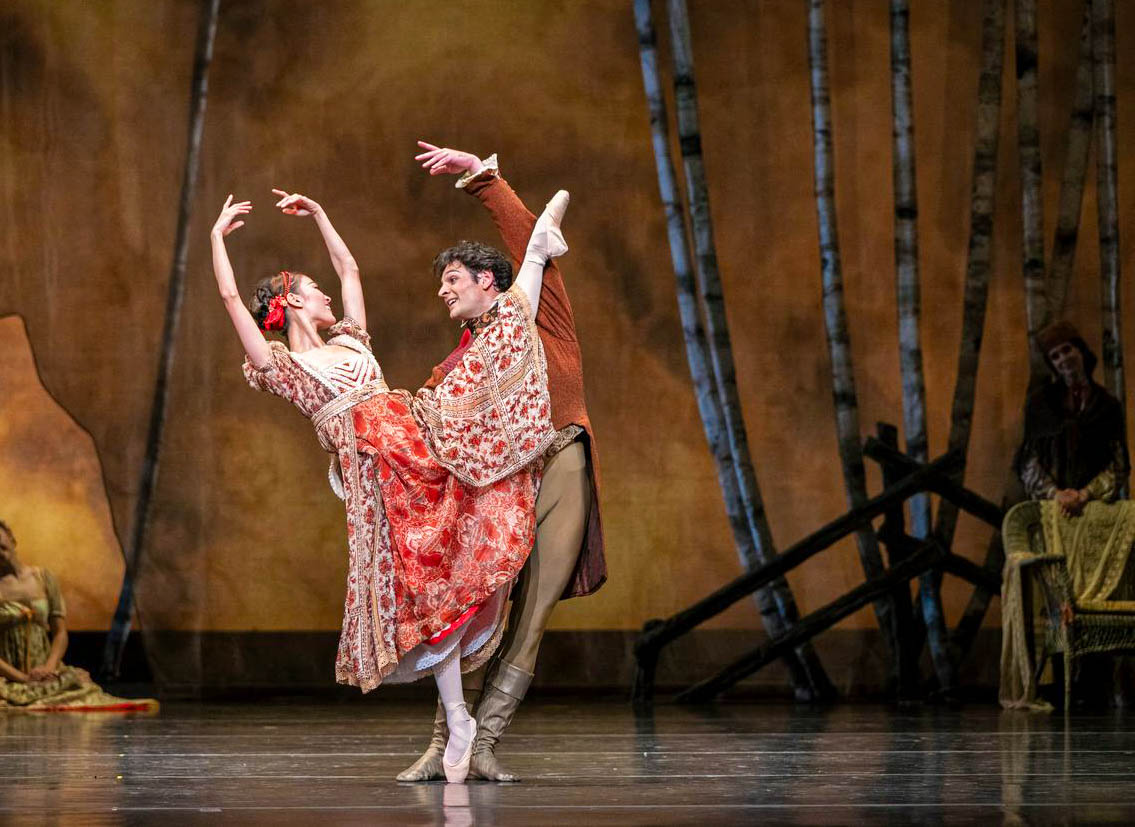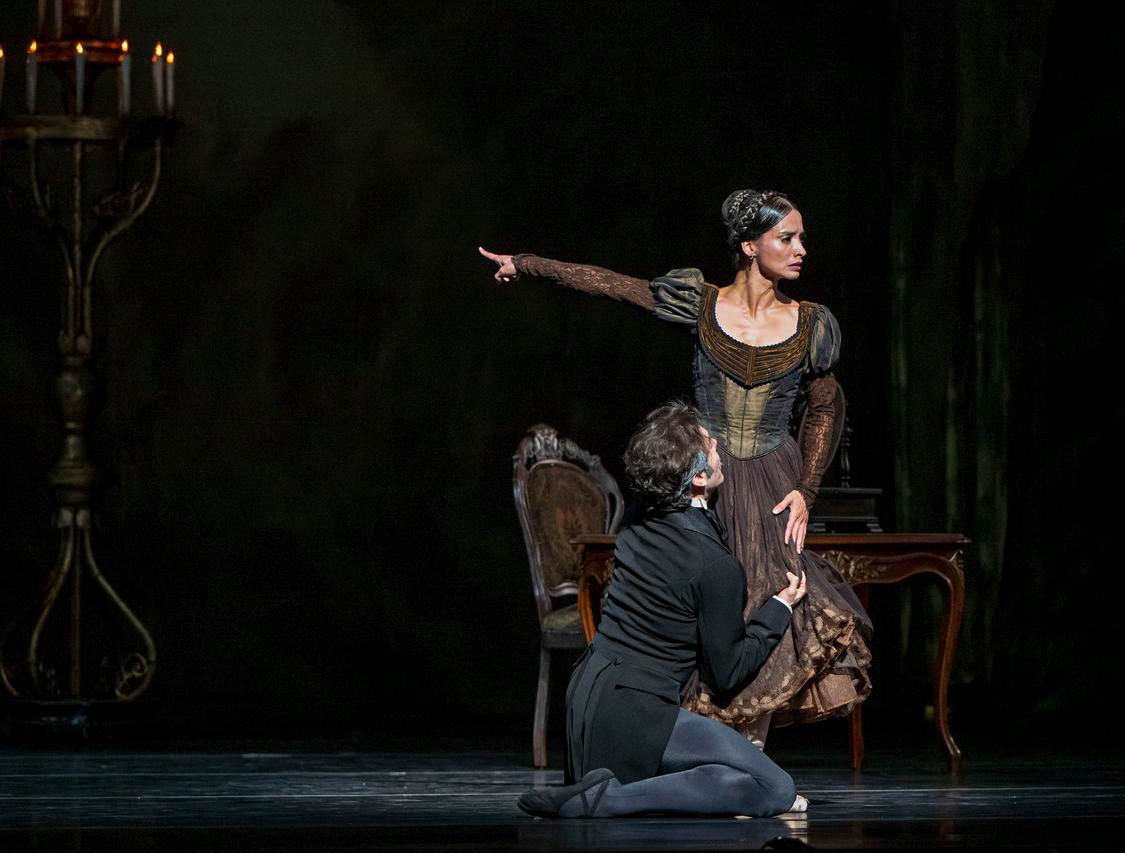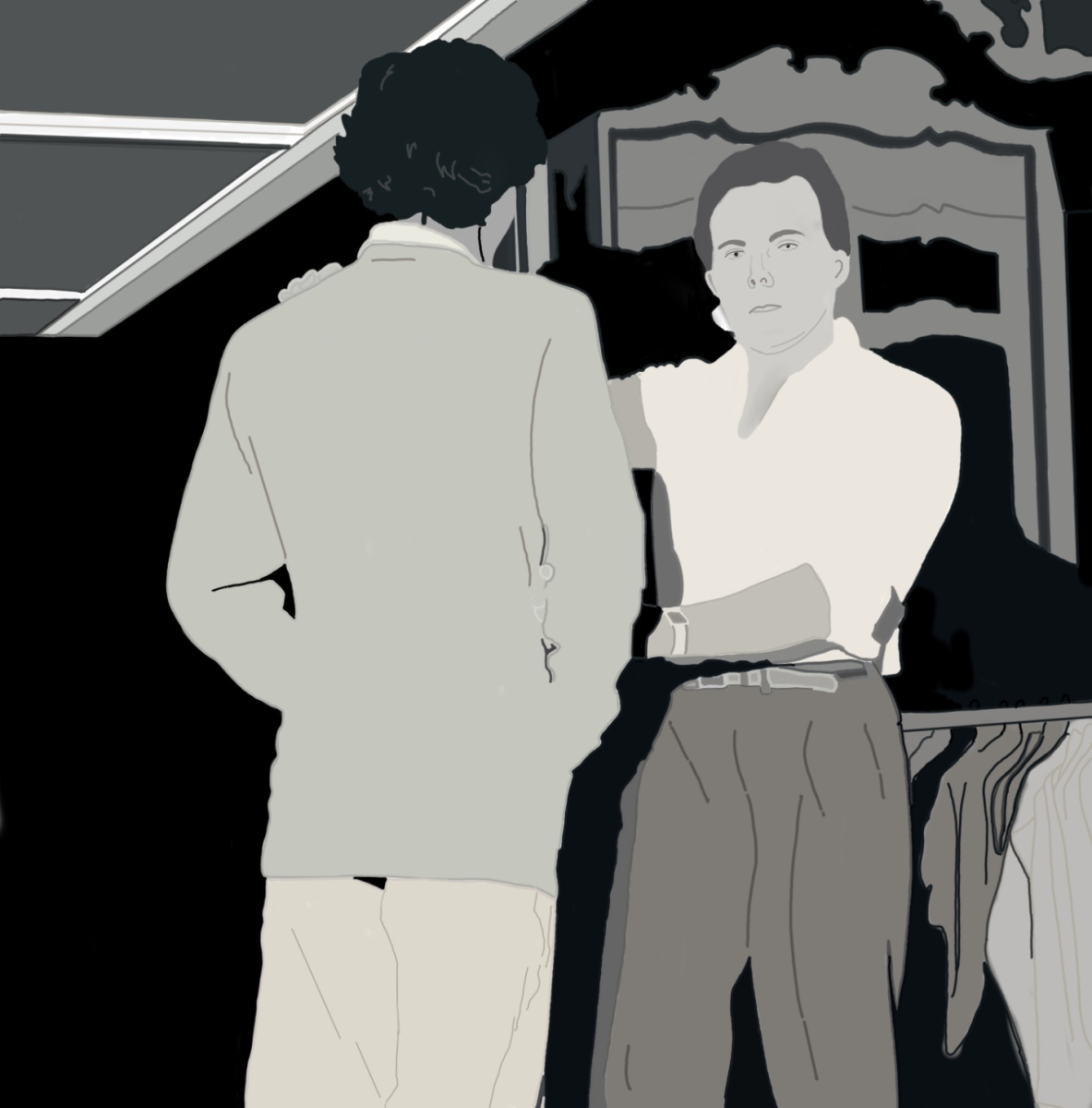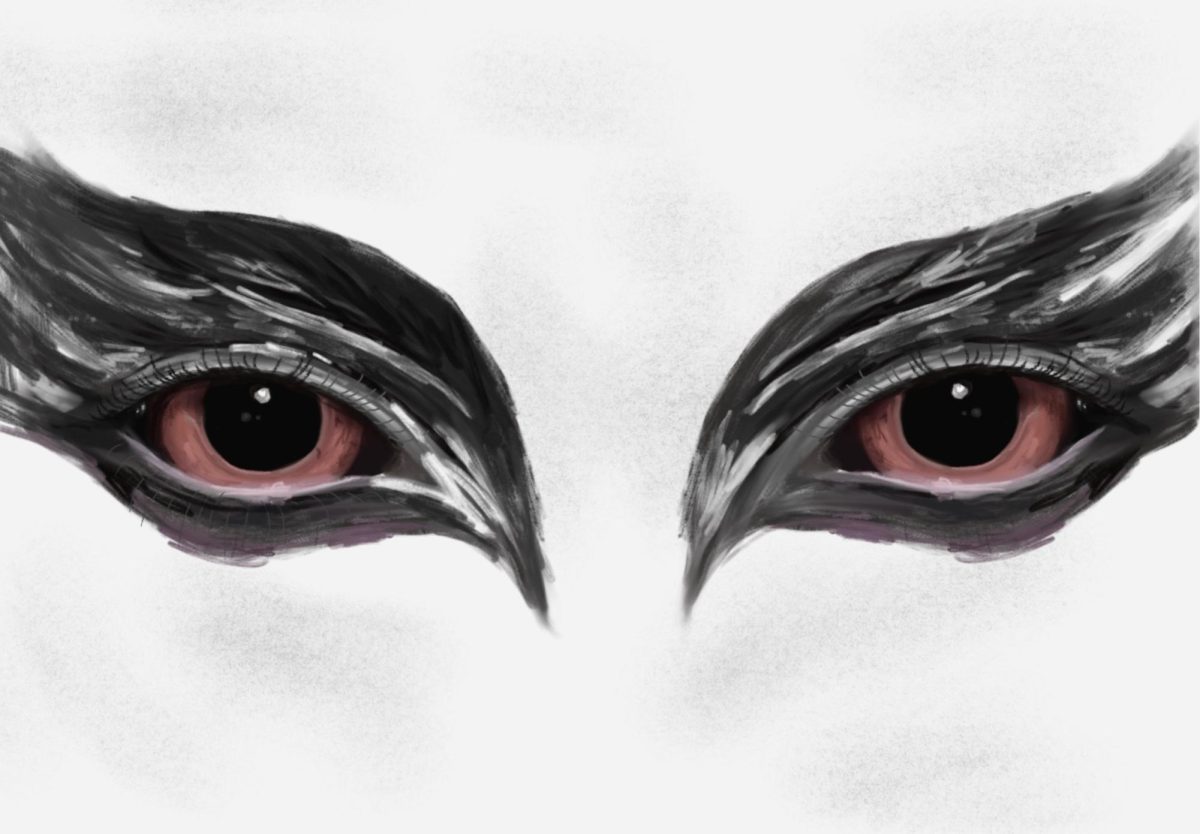SPOILER WARNING FOR “ONEGIN”
Cymbals crash, echoing the sound of two broken hearts.
Since its 1965 premiere, “Onegin” has become a staple in the repertoire of more than 20 major ballet companies worldwide due to its high praise and revenue. The ballet has garnered international acclaim and was selected to premier for the Houston Ballet’s 2025-2026 season.
I wore a simple formal dress, thinking it would be appropriate for the ballet, but quickly realized it wasn’t. Everywhere I looked, I saw floor-length gowns paired with dazzling jewelry. Still, I came to the conclusion that the entire experience would be nothing short of sophistication and perfection.
As I observed my surroundings, the chiming of bells signaled for me to pick up a program and head to my seat. Soft chatter and laughter drifted in and out of the theater doors. Sitting down, I heard the low squeak of the cushioned chair bouncing gently from my leg shaking in anticipation. The moment I had looked forward to all week finally arrived. The overhead lights dimmed and the theater fell into silence.
The once curtain-veiled stage now revealed an elaborate set crafted with meticulous attention to detail. With a single flourish of his hand, the conductor motioned for the orchestra to begin. In an instant, motion and music flooded my senses.
Russian author Alexander Pushkin first published “Eugene Onegin” in 1833. More than a century later, choreographer John Cranko adapted the novel into the ballet “Onegin” (1965), set to music by Pyotr Ilyich Tchaikovsky and arranged by Kurt-Heinz Stolze. Through dance, the story unfolds a tale of love, betrayal, revenge and regret.
Act I introduces Tatiana, a meek young girl enthralled by romance novels, and her lively sister Olga, who is engaged to Lensky — a driven young poet. As the sisters dress for Tatiana's long-awaited birthday celebration, Lensky arrives with a mysterious guest — his aloof friend Onegin. While Olga and Lensky pirouette with passion, Onegin looks on with detached disinterest.
Tatiana, however, is completely enamored by Onegin’s city-boy charm and allure. Despite his coldness, she falls impetuously in love and pours her feelings into a heartfelt letter. In a rush of eagerness, she entrusts her nurse to deliver it.
This scene was extraordinary. The raw emotion carried through each passé and jeté moved me in a way I had never experienced before. I could feel their dedication and deep emotion in every precise movement. Their facial expressions alone allowed me to experience each feeling as if it were my own. I was struck by how leaps and pirouettes could be transformed into such profound storytelling.
At Tatiana’s birthday party, Onegin grows restless. After receiving her letter, he becomes irritated, dismissing it as a childish folly. In an act of cruelty, he confronts Tatiana, tears her letter in half and declares he could never love her.
As Onegin ripped Tatiana’s letter to shreds, my heartbeat seemed to thump in tune with each sorrowful piano chord. The music swelled, and I felt through Tatiana’s beautiful artistry the breaking of her heart and spirit. I especially loved how in this scene I felt the story on a personal level.
Distraught and troubled with sadness, Tatiana could barely acknowledge the presence of Prince Gremin, a kindhearted suitor. Meanwhile, Lensky becomes enraged after he finds Onegin flirting with his fiancee. Consumed by jealousy, he challenges Onegin to a duel. The duel ends in tragedy and Onegin ends up killing Lensky. Horrified by his own actions, Onegin flees in regret.
Ballet often carries the stigma of being ‘boring,’ but Onegin proved otherwise. This production was anything but dull — it was gripping, emotional and unforgettable. The intensity of the dancing and the way the choreography captured raw passion made it impossible to look away. The emotional turmoil of Tatiana’s heartbreak and Onegin’s cold rejection gave the story depth and vulnerability that resonated beyond the stage. The performance lingered with me long after the curtain fell because the dancers didn’t just perform steps: they told a story that felt alive.
Fast forward, Onegin finds himself back in St. Petersburg. He attends a ball at Prince Gremin’s palace. To his astonishment, Gremin’s wife is none other than Tatiana. Now poised and dignified, she has transformed from the naive girl he once rejected. Overcome with regret, Onegin realizes the weight of his mistake.
Watching this scene unfold was one of the most powerful moments of the ballet. I loved how the dancers made Onegin’s regret so strikingly clear. Every movement and gesture carried the weight of his sorrow. At the same time, Tatiana’s strength and composure were just as moving, showing how much she had grown since their first encounter. The contrast between his desperation and her resolve made the ending not only heartbreaking but also unforgettable.
Onegin, much to Tatiana's dismay, declares his longing for Tatiana. All of act 3 was incredible, but especially this last scene. Like two magnets, the tension between Onegin and Tatiana was evident. The choreography beautifully captured Tatiana’s inner battle, in which her enduring love for Onegin collided with her duty and self-respect.
The ending was my favorite. Tatiana stood firm with Onegin at her feet and tore up his letter. She chose her dignity and ordered him to leave forever. Tatiana’s growth into a strong, self-assured woman resonated deeply with me. It’s a timeless reminder that former lovers who wronged you don’t deserve a second chance.
Every element of this production was flawless — from the orchestra to the costumes, set design, choreography and above all, the dancers’ artistry. The orchestra carried the story with sweeping music that magnified every emotion. The costumes, elegant and detailed, brought 19th-century Russia to life while reflecting the characters’ transformations. The set design balanced grandeur with intimacy, making the drama feel immediate and real. Together, these elements blended seamlessly to elevate the dancers' performances.
To anyone who dismisses ballet as boring, I urge you to give “Onegin” a chance. The Houston Ballet could not have chosen a more powerful work to open its season.




















